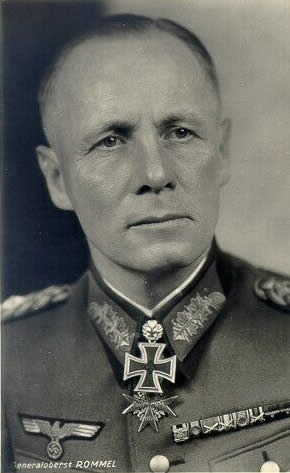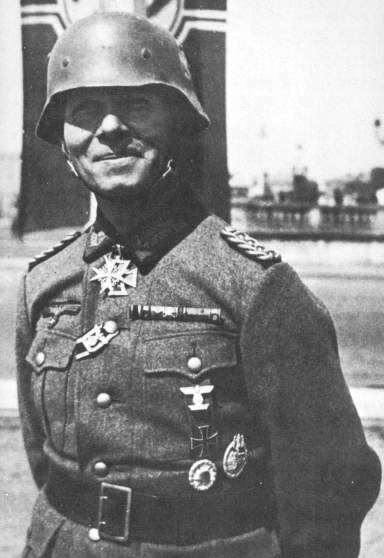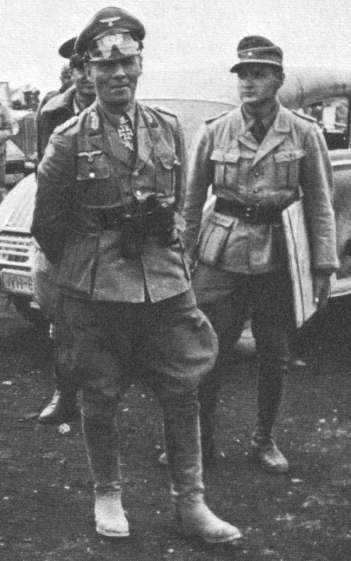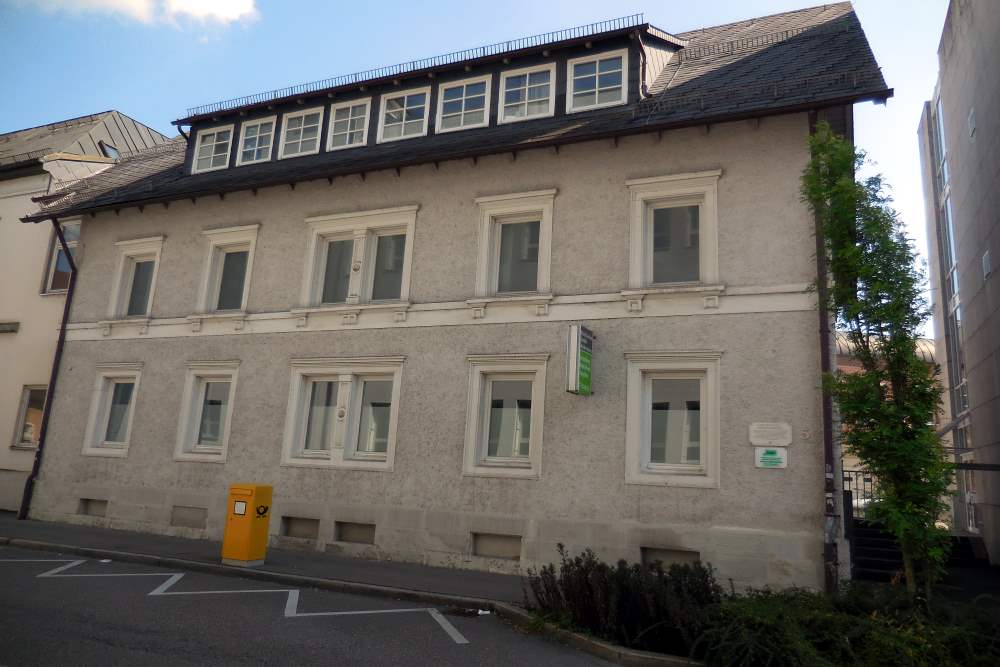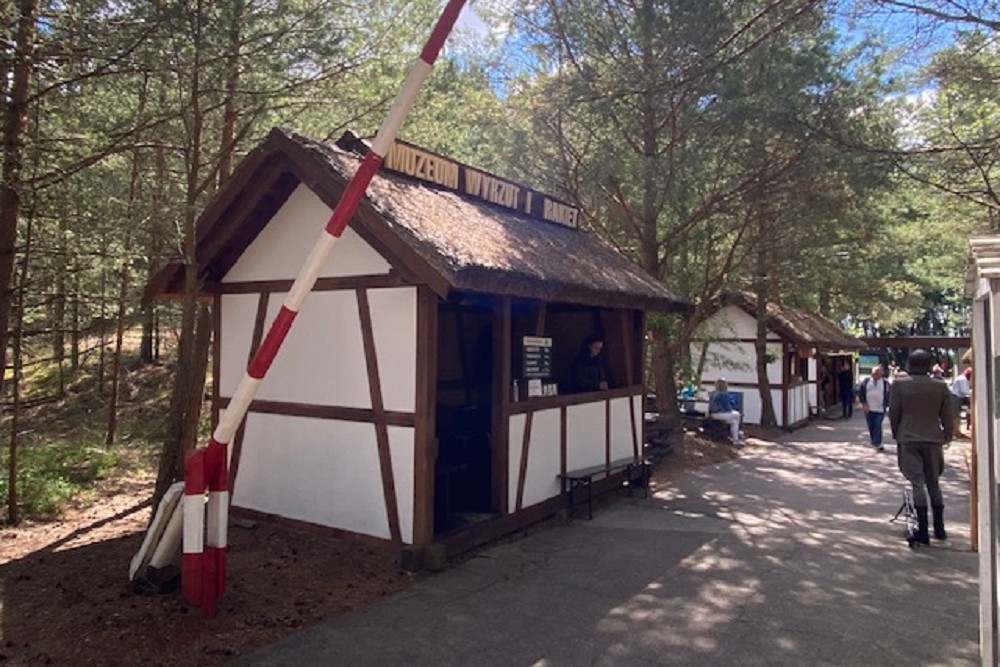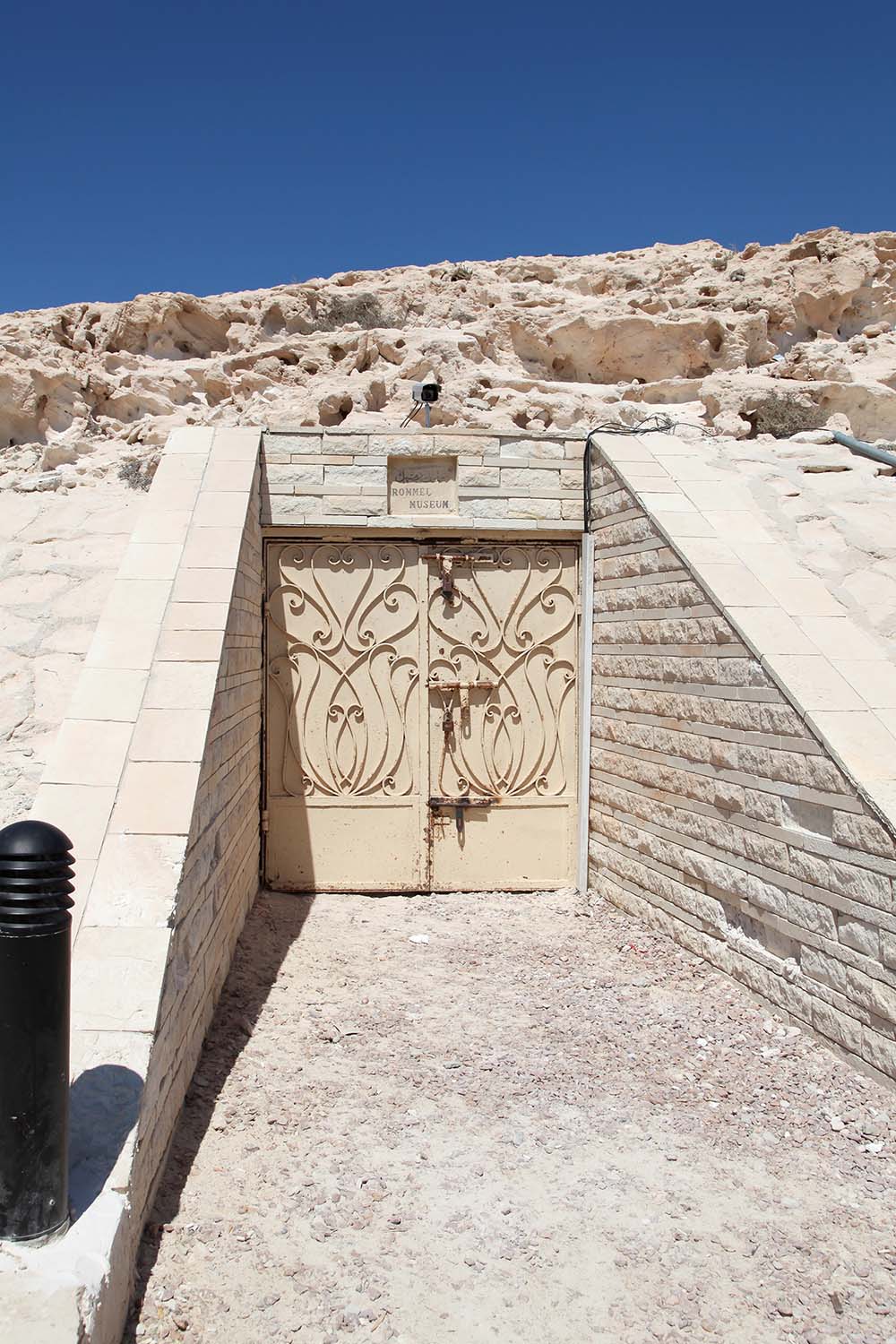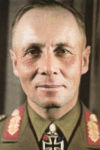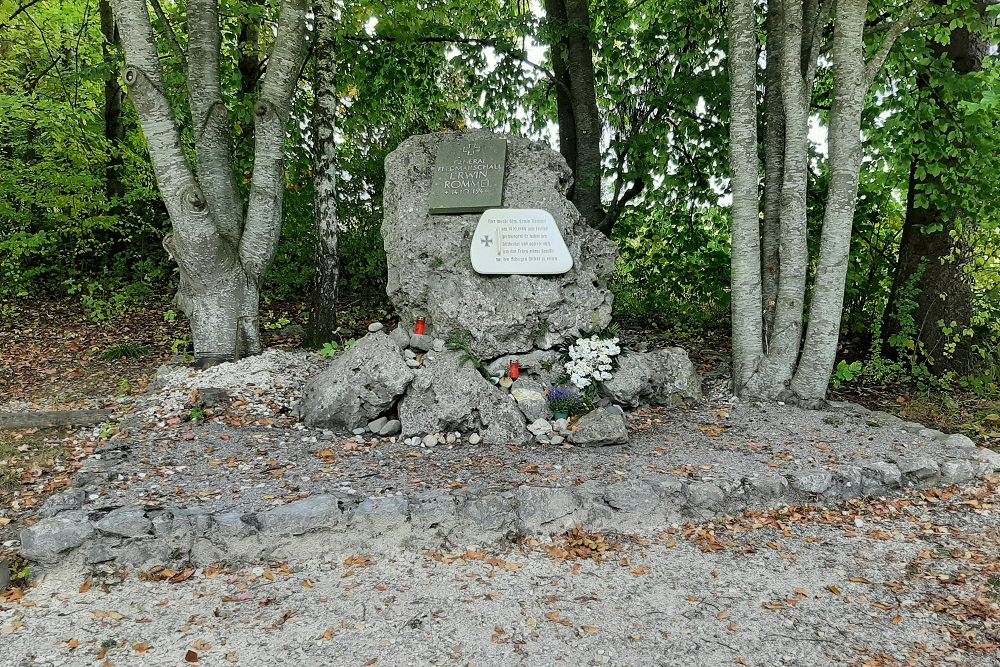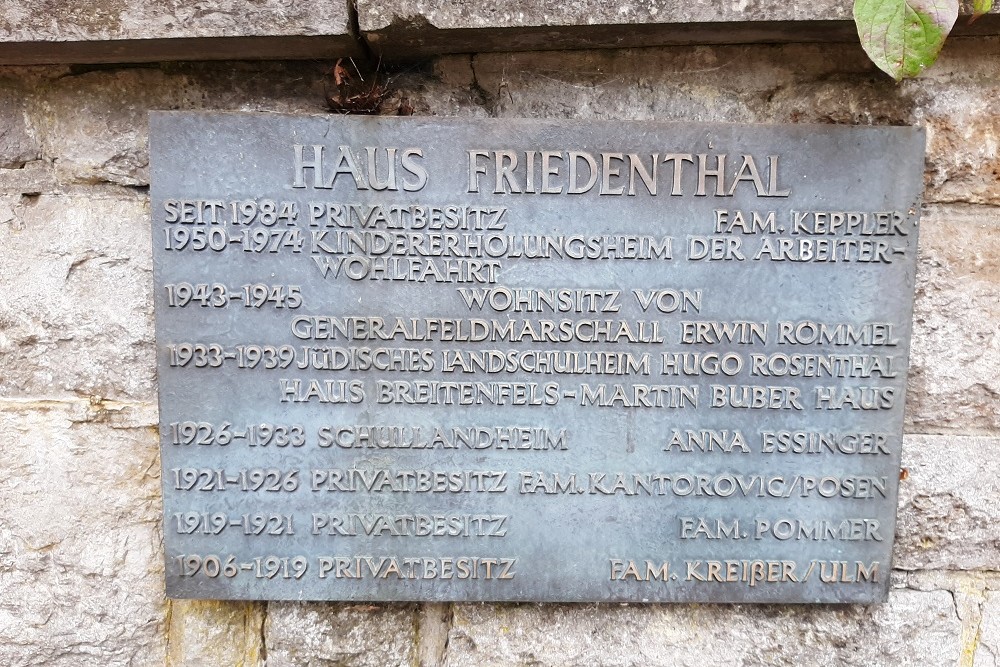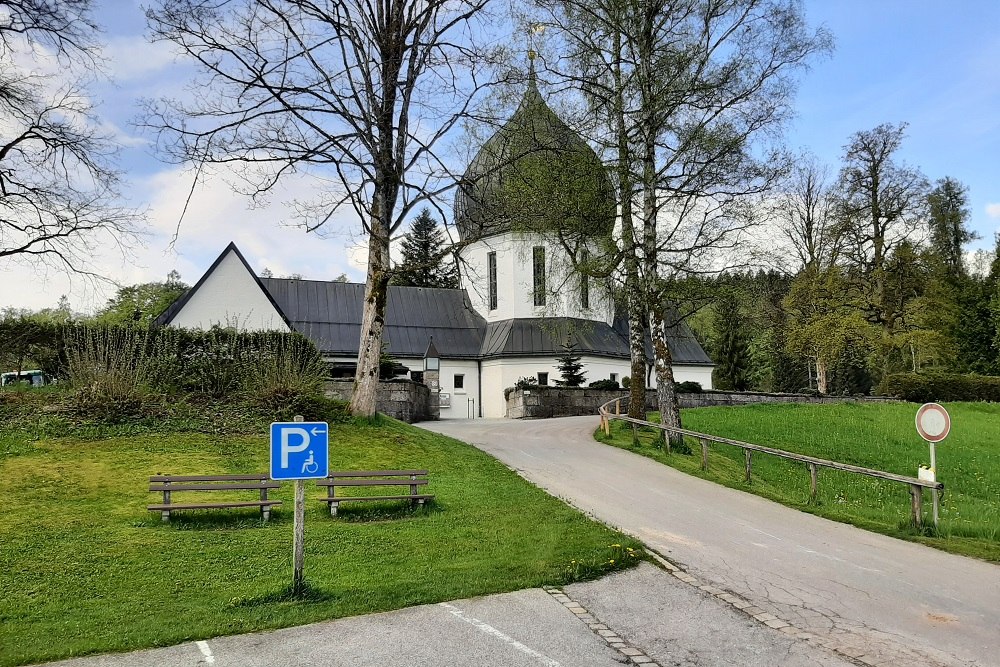Erwin Rommel
Childhood
Erwin Johannes Eugen Rommel was born November 15th ,1891 in Heidenheim/Brenz near Ulm. His father was a teacher and his mother was the daughter of a former prime minister of Württenberg. Although it was Rommel’s dream to enter the world of mechanics, he joined the army at the local military unit, the 124th Infantry Regiment (6 Württemberg) as a cadet in July 1910. Erwin rose through the ranks quickly and in March 1911, he was allowed to attend the officer’s school in Danzig (Gdansk). He graduated in 1912 and returned to his infantry regiment in Weingarten as an officer. During his education in Danzig he met his future wife, Lucie Maria Mollin. Until the beginning of World War One, Rommel was regimental officer at the training department.
First World War
From the beginning of the First World War, Erwin Rommel demonstrated he was a courageous man and in September 1914, he sustained a leg injury from a bayonet. In 1916, Rommel fought against the Romanians on the eastern front and in 1917 on the western front again where he was awarded the Pour le Mérite for his contribution to the battles of the Cosna and the Caporetto Mountains. This decoration, usually awarded to generals only, made him a war hero. At the end of the war he held a staff function.
Interbellum
After the war, Rommel served in various functions in the army, including instructor at an infantry school in Dresden. Here he wrote his book "Infanterie greift an" (Infantry attacks) and described infantry tactics based on his experiences. Hitler would later be impressed after having read the book. In October 1933, Rommel was promoted to Major and in October 1935 to Lieutenant colonel and he took up teaching at the War Academy in Potsdam. In November 1938, Rommel was put in command of the War Academy at Wiener Neustadt. In September 1939, he was promoted to Major general and given command of Hitler’s body guards during the Polish campaign.
Fall Gelb
After the end of the Polish campaign Hitler allowed Rommel to chose a command and he opted for an armored division. Rommel acknowledged the importance of armored divisions and Blitzkrieg and was given command of 7. Panzer division although he had no practical experience with armored forces at all. 7. Panzer division became part of 15. Panzerkorps commanded by General Hermann Hoth and would play a major role in the battle for France. The invasion of France (Case Yellow) was launched May 10th ; 7. Panzer division reached Dinant in Belgium on May 13th and subsequently managed to cross the River Meuse. During his speedy advance, a battle against two British tank regiments erupted near Arras which could only be repulsed by the remarkable use of 88mm anti-aircraft guns against tanks. Rommel reached Rouen on June 8th , on June 10th he reached the coast near Dieppe and Cherbourg on the 17th . The city surrendered to Rommel on the 19th and on the 25th , the fighting in France came to an end. The 7. Panzer division commanded by Rommel earned the nickname the Phantom division because almost no one knew exactly where the division was, neither the army leadership, nor even his staff sometimes. Also, Rommel purposely broke communication with the army leadership sometimes in order to get a little respite or to prevent receiving orders; this fueled the nickname for his division.
The Desert War
January 1941 saw Rommel promoted to Lieutenant general and he was recalled to Berlin in order to receive instructions for a new command. He was put in charge of the Deutsches Afrika Korps (DAK) and was to leave for Tripoli in Libya on February 12th in order to support the Italians in their battle against the British in North-Africa. The DAK consisted of the 5. Leichte Panzer division and the 15. Panzer division.
On arrival, Rommel found Italian troops demoralized by their numerous defeats. Rommel immediately took the initiative and succeeded in achieving one victory after the other with his cunning tactics and a gift for improvisation. It earned him the nickname the Desert Fox and he was also promoted to Generalfeldmarschall at the age of 50, the youngest ever. As early as April 11th, Rommel stood before Tobruk on the Egyptian border having driven back the British over a long distance. Joseph Goebbels made Rommel a national hero by his propaganda, one of the reasons why he has become one of the best known German generals. The Afrika Korps was reorganized in mid August 1941 and renamed Panzergruppe Afrika. Rommel was now given command also of five Italian divisions in North-Africa and of the 5. Leichte Division and the 21. Panzer division. Moreover, the 90. Leichte Division was transferred to North-Africa.
In the night of November 17th, 1941, British commandos made an attempt to assassinate Rommel but he was not present at the assumed location.
At the end of June, Rommel reached El Alamein; his troops completely exhausted and his supply lines overstretched. In the end, the Afrika Korps was forced into the defensive by the British who were steadily growing stronger under the command of Bernard Montgomery. When the battle of El Alamein started, Rommel was on sick leave in Germany. The Afrika Korps retreated further and further and to make matters even worse, Allied troops came ashore in northwest Africa on November 6th , 1942, (Operation Torch). On February 19th , 1943, Rommel launched his last offensive in North-Africa and managed to recapture the Casserine Pass, inflicting a serious defeat on the American II Corps. At the end of February, he appointed General Hanns Jürgen von Armin temporary commander of Armeegruppe Afrika. On March 6th, 1943, Rommel flew back to Berlin on sick leave and Von Armin officially became commander. On March 11th, 1943, Rommel was awarded the Ritterkreuz mit Eichenlaub, Schwerter und Diamanten (Knight’s Cross with Oak Leaves, Swords and Diamonds) by Hitler. On May 13th , 1943, the Germans capitulated in Tunisia and some 200,000 men surrendered to the Allies.
1943-1944
During his sick leave from March to July 1943, Rommel was able to spend some time with his wife. He was given command of Greece on July 10th, 1943 but was soon recalled to Germany. Early November he was given command of Italy but he was soon succeeded by Albert Kesselring. In mid November, Rommel was ordered to inspect the Atlantikwall and after having submitted his report, he was given command of Heeresgruppe B (Army Group), commanded by Oberbefehlshaber West (supreme commander) Gerd von Rundstedt. In addition to this command, Rommel was also appointed Generalinspektor of the Atlantikwall. Under his supervision, the wall was fortified and improved further and the defense was given more structure. Some obstacles, like the Rommel asparagus (upright poles in meadows to stop gliders) were erected after his own ideas.
Once the Allies had successfully landed and became progressively stronger, Rommel considered continuing the war useless. Three days before the attempt on Hitler on July 20th, 1944, Rommel was seriously injured when his staff car was attacked by aircraft near Livarot. It is still unclear whether these aircraft had been Allied or German. Rommel’s role in the conspiracy was kept secret from the general public because of his popularity. He was given the choice of standing trial as a traitor, thereby also greatly endangering his family or committing suicide. Rommel opted for the last on October 14th, 1944 by taking poison. On October 18th, Rommel was buried in Ulm with full military honors. A day of national mourning was proclaimed by Hitler himself. Erwin Rommel was one of the few generals who probably had not committed any war crimes. He was honored by his own people and feared by the Allies for his inventive methods of conducting war. The German generals were somewhat more skeptical about his achievements.
Lucie Maria Rommel and Fritz Bayerlein compiled all Rommel’s notes into a book, entitled Krieg ohne Hass (the Rommel Papers), published in 1950. Erwin Rommel’s son, Manfred was appointed mayor of Stuttgart after the war.
Read more about decorations of this person on ww2awards.com
Definitielijst
- Armeegruppe
- Usually consisted of two or three neighbouring Armees, sometimes German and Axis-allied Armees. One Armee HQ, usually the German, temporarily became the commanding HQ of the other Armees. An Armeegruppe would always be subject to a Heeresgruppe. Later in the war the size of an Armeegruppe or Panzergruppe varied significantly. From 1943 onwards an Armeegruppe could be the size of an Armee or just the size of a corps.
- bayonet
- Pointed weapon that can be placed at the end of a rifle and used in man-to-man combat.
- Blitzkrieg
- The meaning of this word is “Lightning War”. Short and fast campaign. As opposed to a trench war the Blitzkrieg is very quick and agile. Air force and ground forces work closely together. First used against the Germans (September 1939 in Poland.
- DAK
- Short for Deutsches Afrikakorps. German expeditionary army, sent out in 1941 to support their Italian allies in their desert war in North Africa.
- division
- Military unit, usually consisting of one upto four regiments and usually making up a corps. In theory a division consists of 10,000 to 20,000 men.
- El Alamein
- City in North Egypt. The Battle of El Alamein took place from October to November 1942 and was a turning point in the war. The German-Italian advance in North Africa was finally halted by the Allies.
- Heeresgruppe
- The largest German ground formation and was directly subordinate to the OKH. Mainly consisting of a number of “Armeen” with few directly subordinate other units. A Heeresgruppe operated in a large area and could number several 100,000 men.
- Infantry
- Foot soldiers of a given army.
- invasion
- Armed incursion.
- mid
- Military intelligence service.
- offensive
- Attack on a smaller or larger scale.
- propaganda
- Often misleading information used to gain support among supporters or to gain support. Often used to accomplish ideas and political goals.
- Regiment
- Part of a division. A division divided into a number of regiments. In the army traditionally the name of the major organised unit of one type of weapon.
- Tobruk
- Small bunker. Usually manned by one soldier with a machinegun, but there were also bigger tobruks equipped with a canon or mortar.
- war crimes
- Crimes committed in wartime. Often concerning crimes committed by soldiers against civilians.
Images
Information
- Article by:
- Frank van der Drift
- Translated by:
- Arnold Palthe
- Published on:
- 06-10-2016
- Last edit on:
- 15-03-2024
- Feedback?
- Send it!
- 12-'41: The Battle of Libya: The First Phase
- 06-'42: Along the Battle Fronts
- 06-'42: The War in the Air
- 06-'42: The War at Sea
- 07-'42: The War in the Air
- 07-'42: The War in the Air
- 08-'42: Along the Battle Fronts
- 08-'42: Along the Battle Fronts
- 04-'43: Knocked Out? Tanks Today Have Nine Lives!
- 04-'43: How Montgomery Captured the Mareth Line
- 10-'43: Movie-Cameramen in the Front Line of Battle
- 07-'44: The Battle Fronts
- 07-'44: The War in the Air
- 07-'44: The Battle Fronts
- 12-'46: The Daring Raid on Rommel's H.Q.
The War Illustrated
Related sights
Sources
- Biographisches Lexikon zum Dritten Reich van Hermann Weiss
